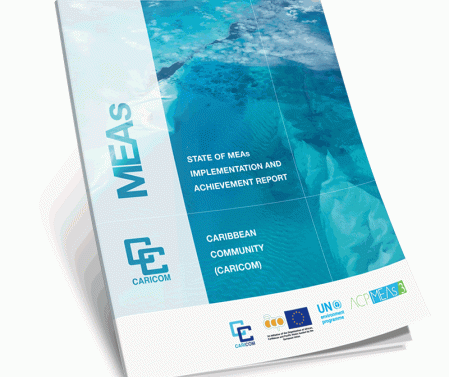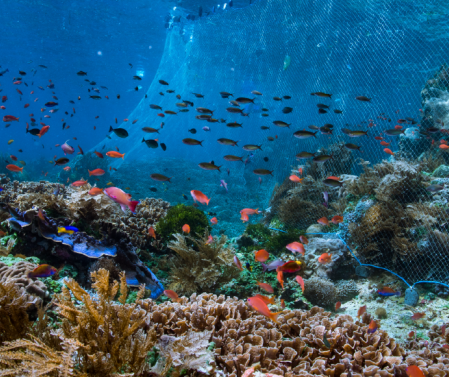Search
Resources
Publications
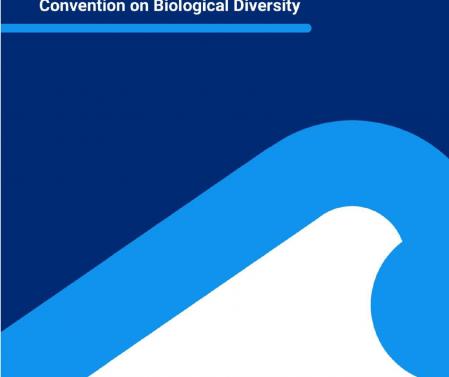
Are you are a young person living in Europe and are wondering how you(th) can engage in pro-environmental change effectively? – This Toolkit is for you! The toolkit was developed by youth for youth to provide guidance on how to take sustainable action on four different levels: an individual, local & national, international and (social-media) communication level.
The toolkit was created under the ACP MEAs 3 Youth Empowerment and Training Initiative (YETI) in Europe, coinciding with 2022 being declared as the Year of Youth in Europe. The overall objective of this YETI was to empower a pool of 16 selected youth with sufficient expertise and skills to become influencers and youth leaders capable to train, support and empower other young people and provide inputs to global, national and local positions on pro-environmental behaviour, management and governance. They decided to translate all the expertise and insights gained throughout the programme in this common toolkit to provide hands on guidance on different ways to take environmental actions for other young people.
The Convention on Biological Diversity (CBD) is the major United Nations Environmental Programme (UNEP) Multilateral Environmental Agreement, focusing on an international agreement for the protection and restoration of the world ecosystems. Its goals consist of the conservation of biological diversity and sustainable use of its components, which aims at an equitable sharing of benefits arising from genetic resources (CBD, 1992) ratified by the Nagoya Protocol in 2014. The African Indigenous Peoples and Local Communities (IPLCs) live and interact with diverse ecosystems and complex knowledge systems, and as a result are in a privileged position to conserve the environment and use natural resources from those ecosystems sustainably. Furthermore, the involvement of African IPLCs in local governments, legally engaged in multiple activities that aim at using their resources, can ensure that the benefits from those activities produce and contribute to local development.
The role of youth in securing the future of our Planet is receiving more attention at all levels during the past few years. The concept of ‘intergenerational equity’ elaborated during the Stockholm Summit in 19721 is put to test now more than ever before. Considering the recent outcomes of the twenty-sixth meeting of the Conference of Parties to the Climate Change Convention (UNFCCC-COP 26) held in Glasgow, youth are the worst affected community with changing patterns of climate. Biodiversity loss and increasing pollution problems. Their livelihoods and very survival are at stake. Youth need to play a critical role in decision-making from now on. They are at the center of problem-solving discussions and all interventions need their inputs and insights.
Our present systems of economic and business organizations are simply not sustainable. Environmentalists have begun to address the extent to which a company is (or is not) contributing to sustainable development. Most companies are currently profoundly un-sustainable and are, naturally, reluctant to formally disclose this in an annual environmental report. Environmental reporting should become a legal requirement in order to curb the increasing havoc wreaked on the environment. However, it appears very unlikely that serious and substantive sustainable development reporting (something which is still fairly minimal and under-developed) could be adopted quickly enough to help prevent the further spread of irreversible global environmental and social desecration.
It is with clear certainty from scientific world that environmental crisis has been accelerating at an alarming rate and replicating the real impacts of biodiversity loss to many if not all parts of the planet. Widespread awareness fueled a strong demand for change on the way the global community ought to halt and reverse the spiral of self-destruction given the global nature of the environmental crises in late sixties and early seventies.
Regarding the post-2020 global biodiversity framework draft, there is an urgent need for Parties to the UN Convention on Biological Diversity (CBD) to put more effort on Article 22, in order to enhance the execution of the long-term framework. Article 22 encourages parties to see the importance of capacity development in the implementation of biotechnology, genetic resources, benefit sharing as well as financial mechanisms in the context of the biodiversity agenda. Moreover, capacity development will enhance voluntary codes of conduct of private businesses from northern countries.
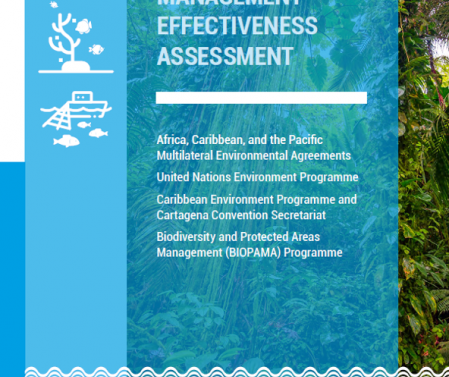
The assessment of management effectiveness in protected areas has been considered as a very important activity to learn about the management of the site and to implement actions and adapt management. The assessment should be completed with input from different stakeholders1 through workshops or consultation meetings.
The main purpose of the assessment is to improve the site’s management. The assessment will provide the information and means of verification on the status of all the aspects of management. The analysis of this information will help determine how the management is doing and which aspects need improvement. The results of this analysis will lead to adaptive management in order to be able to maintain the protected areas values and deliver the site objectives.

Marine protected areas (MPA) are important tools used in marine conservation and ecosystem protection strategies at special places throughout the Caribbean. In addition to the role of MPAs in protecting and restoring declining marine communities and their habitats, ecological connections can extend the strategic importance of MPAs beyond their geographic borders. The linking of protected areas through their ecological connections and management strategies can create a functional network of conservation actions and allow the protected areas to work in unison to accomplish more than they would if they were ecologically and socially isolated from one another.
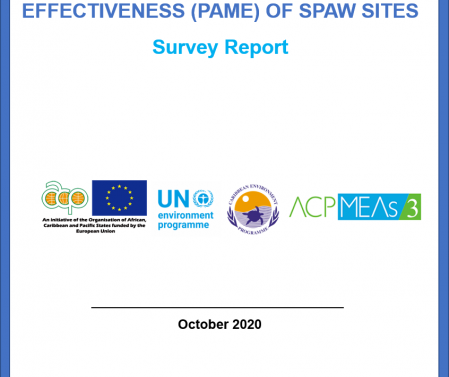
The number of Protected Areas has been on the riseacross the world to accelerate protection of biodiversity on land and in ocean,an expansion that reflects a growing political commitment across the world’s nations to conserve the Earth’s biodiversity. This is in line with the aims of the Strategic Plan for Biodiversity 2011-2020,leadingup to the review date of the Aichi Biodiversity Targets(Aichi Target 11 for Protected Area coverage)in 2020. Aswashighlighted at the UN Oceans Conference2018, Marine Protected Areas (MPAs) have increased more than 15-fold since 1993 when the Convention on Biological Diversity (CBD)entered into force. A larger area of the ocean is now protected,as compared to that ofland.The global coverage of MPAs is 7.47%which isa jump from 2.5% in 10 years. This covers a total of 17,276 MPAs. The percentage of MPAs created within National waters is much higher than that in the International waters (Areas Beyond National Jurisdiction (ABNJ)). 17.32% of these waters are designated as protected areas in contrastto the1.18% of ABNJ, which makes up 61% of the global ocean(UNEP-WCMC, IUCN and NGS, 2018).

In anticipation of the implementation of the project: “Enforcing Environmental Treaties in African, Caribbean and Pacific (ACP) Countries- ACP-MEAs III” (2020-2024) funded by the European Commission, the Protocol Concerning Specially Protected Areas and Wildlife (SPAW)/Biodiversity Sub-Programme of the Cartagena Convention Secretariat is supporting activities for the ACP countries to better manage their coastal and marine resources towards effective implementation under the related Regional Seas Conventions and Protocols. This will further aim to reinforce the governance frameworks, develop regionally representative networks, reduce the influx of waste (plastics and other forms of human/industrial liquid and solid waste) entering the marine environment of the four regions, and increase awareness/outreach activities, among others.

What is the Noumea Convention? Also known as the Secretariat of the Pacific Regional Environment Programme (SPREP) Convention, this is for the protection of natural resources and environment of the South Pacific region and related protocols. Having entered into force in 1986, this is now undergoing a review.The Noumea Convention is the umbrella convention for the “Protocol for the Prevention of Pollution of the South Pacific Region by Dumping”, and the “Protocol Concerning Co-operation in Combating Pollution Emergencies in the South Pacific Region”.


